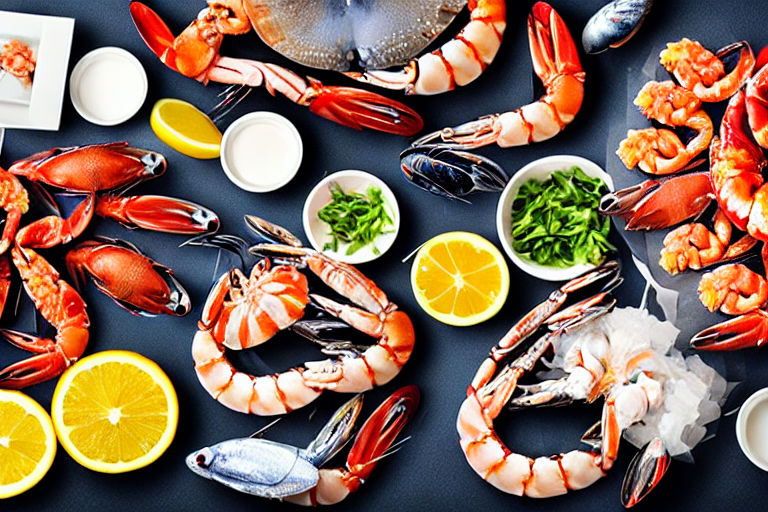The History of Charcuterie: Discover the Origins of Your Favorite Meats and Cheeses
Charcuterie, the art of preserving and preparing meats and cheeses, has been around for centuries. Its origins can be traced back to ancient times when people would cure and smoke meat as a way to preserve it for long periods. Over time, the practice of charcuterie evolved and became more refined, with different regions and cultures putting their own spin on the techniques and creations.
The Early Days of Charcuterie
The history of charcuterie dates back to ancient Rome, where it was first used as a way to make and store sausages. The word "charcuterie" comes from the French word "charcutier," which means "pork butcher." Pork was a popular meat at the time, and charcuterie was a way to make the most of the animal, using every part from snout to tail, and even the blood.
This practice continued throughout the Middle Ages, where charcuterie became more widespread across Europe, with different regions specializing in their own unique types of preserved meats and cheeses.
Regional Specialties
Charcuterie became a way of life for many communities, with each region developing its own unique specialties. In Italy, for example, they are famous for their prosciutto and salami, using a variety of techniques to create cured meats of different textures and flavors. Spain is known for serrano ham, chorizo, and lomo, while France boasts a range of charcuterie including pâté, rillettes, and confit.
The Evolution of Charcuterie
As time went on, the techniques and methods of charcuterie continued to evolve. Advances in technology and refrigeration meant that meat could be safely preserved for longer periods, while industrialization made the process more efficient.
Today, charcuterie is still a popular practice, with artisanal producers using traditional methods to create high-quality meats and cheeses. It has become a beloved part of many cultures and cuisines, and is enjoyed by food lovers around the world.
The Benefits of Charcuterie
In addition to its delicious taste, charcuterie also has many health benefits. Curing meat and cheese makes it last longer, meaning less waste and a lower risk of foodborne illness. It also concentrates the flavors and nutrients of the food, making it a great source of protein and other nutrients.
Furthermore, charcuterie is a versatile food that can be enjoyed in many different ways. It can be served as an appetizer, on a charcuterie board with bread and cheese, or used as an ingredient in sandwiches or salads. With so many different types and flavors to choose from, there is a charcuterie option to suit every taste.
Conclusion
Charcuterie has a long and varied history, and its story is intricately tied to the development of human civilization. Today, it is a beloved culinary art form that continues to evolve and grow, with new techniques and styles being developed all the time. Whether you're a meat lover, cheese enthusiast, or simply appreciate high-quality food, charcuterie is a must-try. We hope this article has helped you better understand the origins and evolution of this delicious practice.



